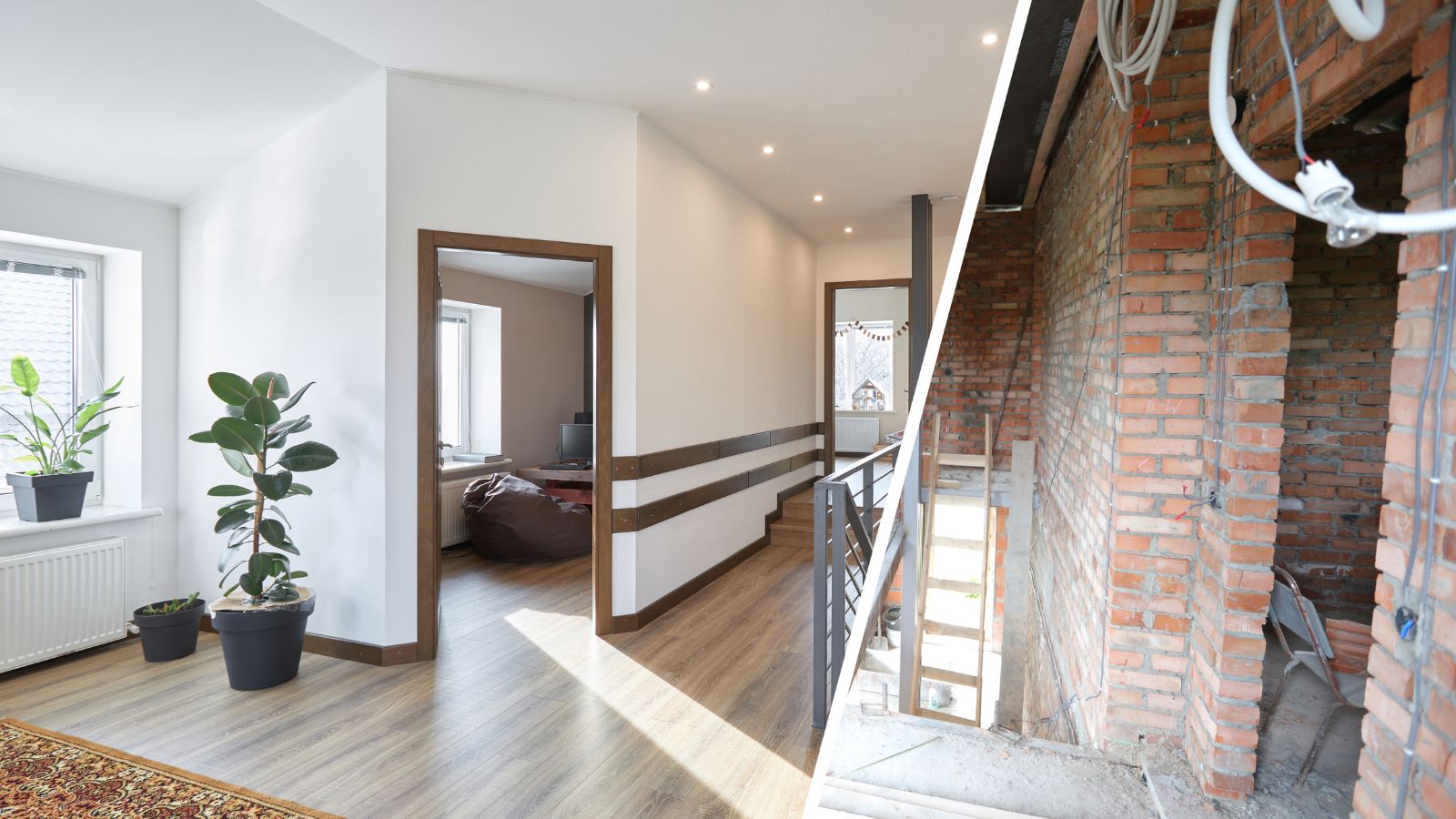 Home renovation projects are both exhilarating and rewarding, yet they demand careful planning and thought to ensure success. From updating a kitchen to revamping a bathroom or overhauling the entire house, it is essential to meticulously plan each phase to conserve time, money, and effort. Here are steps to fully plan your home makeover from start to finish.
Home renovation projects are both exhilarating and rewarding, yet they demand careful planning and thought to ensure success. From updating a kitchen to revamping a bathroom or overhauling the entire house, it is essential to meticulously plan each phase to conserve time, money, and effort. Here are steps to fully plan your home makeover from start to finish.
Define Your Goals
When planning a home renovation, first set clear objectives. Consider your goals, how the upgrade aligns with your house’s future, and whether you’re looking to increase value, functionality, or update aesthetics. Record your goals and put them in order of importance so they can serve as a compass for making choices during the renovation.
Set a Budget
After setting your aims, it’s time to make a budget for the renovation. Think about all possible expenses – materials, labor, permits, and unforeseen costs. Keep your budget practical and allow for some flexibility in case of unexpected situations. If your budget is too tight compared to the desired outcome, you could focus on specific parts of the renovation or look for cost-effective options.
Choose the Materials
When selecting materials for your home makeover, think about durability, maintenance, and aesthetics to improve the overall look and functionality. Begin by exploring several possibilities and considering their benefits and drawbacks in respect to your specific requirements and lifestyle. Consider how each material will perform in various sections of your home and how it fits into your overall design idea. You can choose numerous materials to improve your space’s beauty, functionality, and efficiency. For example, outdoor stone veneer is a wonderful choice for adding beauty and sophistication to exterior upgrades, as it mimics natural stone while being lighter and less expensive. Hardwood flooring provides timeless warmth and character, but ceramic or porcelain tiles are perfect for high-moisture areas due to their longevity and range of styles. Quartz countertops are low-maintenance and durable, and energy-efficient windows can save energy expenditures while increasing comfort. By carefully selecting the appropriate materials, you can ensure a successful makeover that satisfies your needs while also increasing the value of your property.
Research and Hire Contractors
If you’re not self-renovating, begin scouting for seasoned contractors. Look for those with relevant project experience and scrutinize their references and feedback. Get quotes from different contractors for cost comparison. Once the contractor is selected, cooperate with them to make certain your plan and ideas are comprehended.
Obtain Necessary Permits
Based on how big your renovation job is, you might have to get permits from the building department in your area. These permits make sure that the work follows rules and codes set by local authorities.
Ask either the contractor handling the home renovations or contact the local government to know which permits are needed and how you can get them. Not getting the required permits can result in penalties or setbacks in the renovation procedure.
Prepare Your Home
In anticipation of the renovation, clear your home for the upcoming work. Take out furniture, personal items and any obstructions from the area set for renovation. Safeguard floors and other surfaces using drop cloths or plastic covering. Think about making an area specifically for the workers to come in and go out from the house. This can help decrease disturbances in your everyday routine.
Monitor the Progress
While renovating, keep a close eye on advancement to confirm that it matches your plan and remains on time. Talk openly with the contractor and deal with any problems or worries right away. By monitoring how things are going with the project, you can catch possible issues at their beginning stages and make necessary changes.
Be Flexible
Have a Plan, Yet Stay Flexible: When you are making your renovation plan, it can be helpful to think ahead and consider possible changes. But always remember that unexpected things may happen during the process. For instance, there could be difficulties with the building’s structure or delays in getting supplies which might affect how you have planned everything out. Having flexibility is very important for managing these kind of issues successfully and maintaining progress on your project.
Plan for Clean-Up and Inspection
After the renovation is finished, you need to arrange for clean-up and inspection. Normally, the contractor manages cleaning up in the work area. But you might still have to organize getting rid of debris or other waste materials. Make sure to plan a final examination with your nearby building department so that they can check if everything follows codes and rules.

When the renovation finishes and all examinations are successful, it’s time to appreciate your renewed home. Celebrate the ending of your project and feel satisfied with how you’ve enhanced it. A carefully thought out renovation can improve life quality and keep increasing property value into future times.









